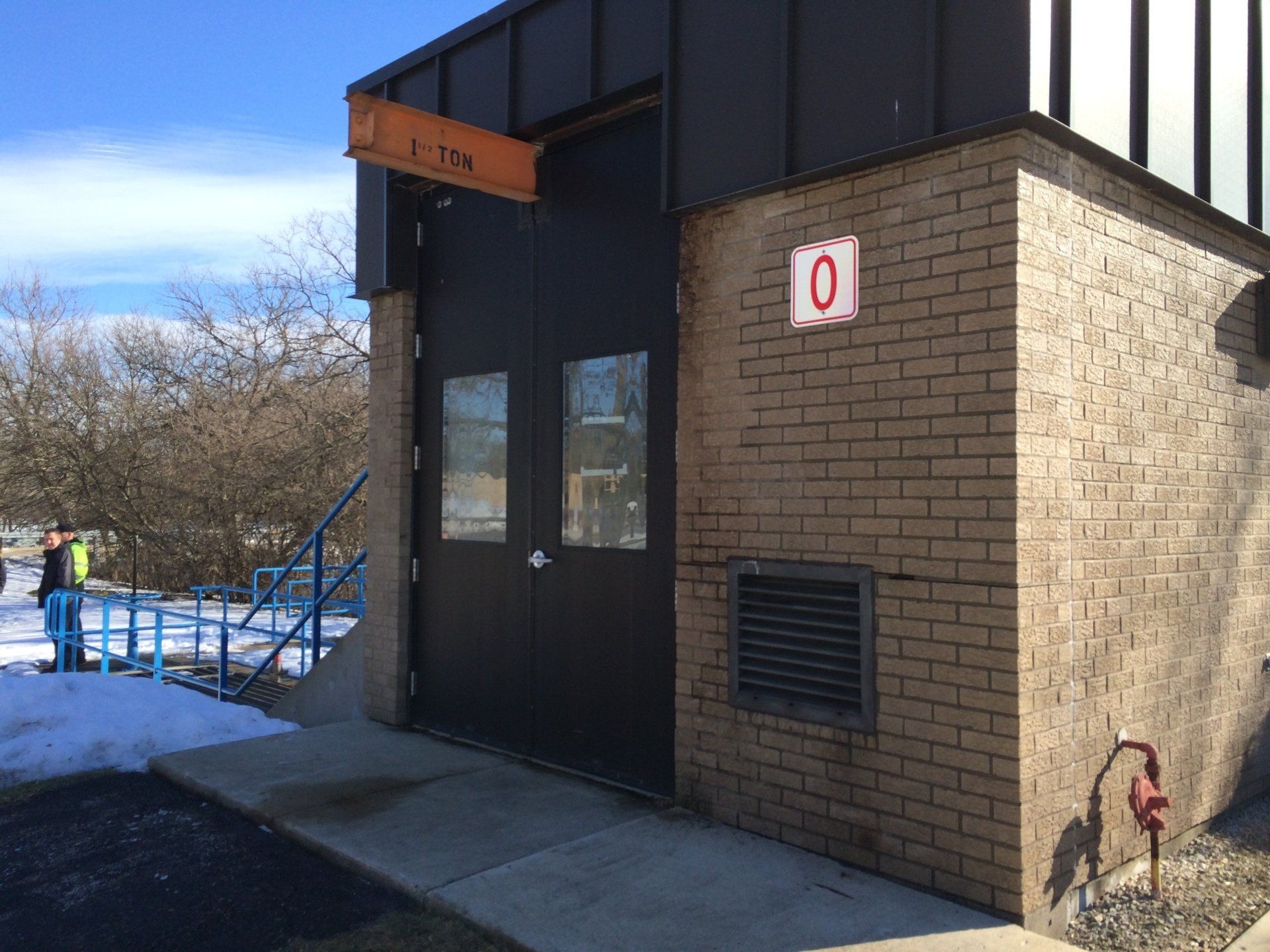Corporate Office
40W201 Wasco Road, Suite D
St. Charles, IL 60175
Phone: 630.587.0470
Fax: 630.587.0475
Wheaton Sanitary District – Intermediate Screw Pump Station Improvements
The Wheaton Sanitary District was established in 1925 under the Sanitary District Act of 1917. Since its founding, the facility has grown to an 8.9 MGD plant serving 62,000 residents in Wheaton, Glen Ellyn, Carol Stream, and Winfield. In 2010 the facility underwent an expansion, increasing the peak hourly flow to 19.1 MGD while maintaining the same 8.9 MGD daily average flow.
The District’s Intermediate Screw Pump Station had a design capacity of 30 MGD, but due to wear and pump deterioration was only capable of conveying approximately 20 MGD. This pump station conveys both primary effluent and return activated sludge to the biological process. During high flow periods, the District was not able to return adequate RAS to maintain mixed liquor concentrations due to the low pump capacity. It was therefore determined that the pump station should be rehabilitated, and expanded to provide for future pumping capacity.
The existing pump station utilized three 54 Archimedes type screw pumps, each with a design capacity of 11.2 MGD. Trotter and Associates performed a cost-effective analysis to determine whether the pump station should be expanded with additional screw pumps, or if a separate RAS pump station should be constructed. Ultimately, the District elected to rehabilitate and expand the existing screw pump station.
Trotter and Associates completed design of the proposed improvements and bid the project in December of 2014, with the contract being awarded to Joseph J. Henderson for $4.2M. The project is funded through an IEPA SRF loan, as well as a $250,000 grant received through the Illinois Department of Commerce and Economic Opportunity.
The upgrades consist of two new 66 screw pumps and replacement of two existing 54 screw pumps. Each of the pumps was increased in length by 4.5 ft. to accommodate future hydraulic requirements downstream of the pump station. A new enclosure building is included which houses all pump drives and motors in one room, and a separate electrical room.
CORPORATE OFFICE
© Trotter & Associates, Inc.
CORPORATE OFFICE
© Trotter & Associates, Inc.

